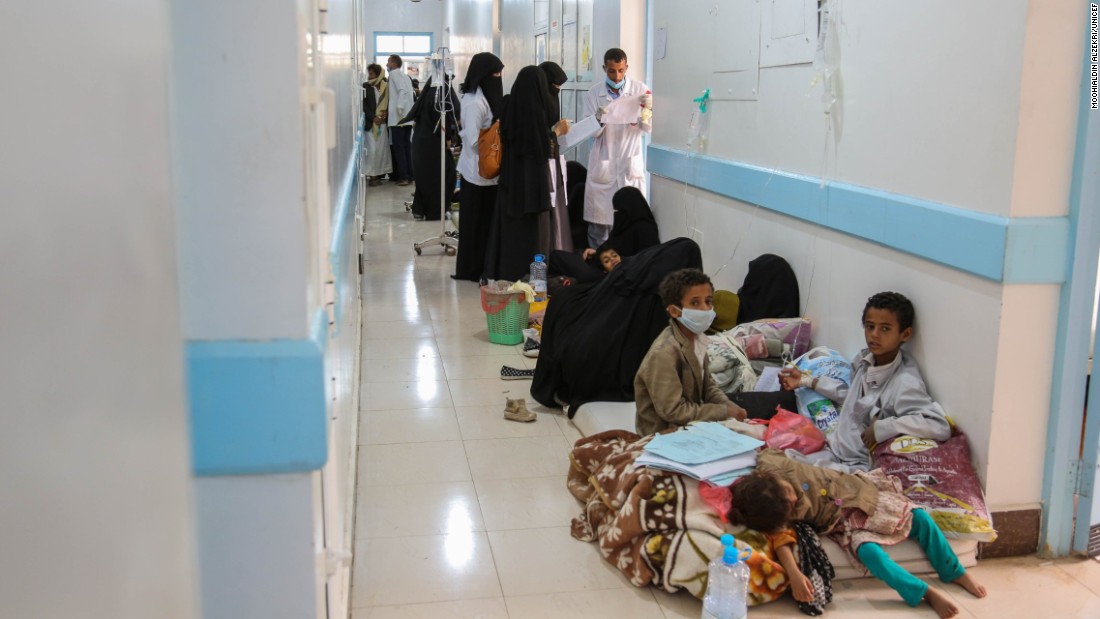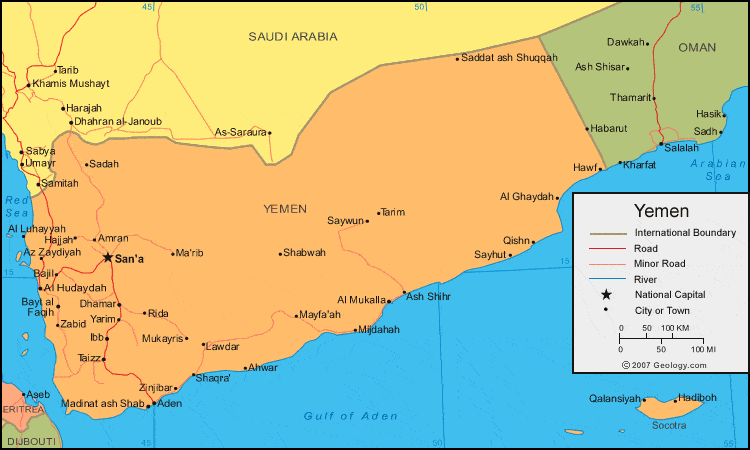Yemen’s cholera crisis
March 26, 2018 | Expert Insights

According to UNICEF, Yemen is once again at the cusp of another deadly cholera outbreak. The disease has already affected millions of children in the war-torn country.
Background
The modern Republic of Yemen is a relatively new state. Prior to becoming the modern state of Yemen, several dynasties emerged from the ninth to 16th centuries to rule the region. The most powerful one was the Rasulid dynasty. In early 20th century, the country was divided between the Ottoman and British empires. South Yemen became a communist country and North Yemen remained traditional to its roots. In 1990, the two regions merged.
Yemen, one of the world’s poorest countries, has been devastated by the war between forces loyal to the internationally recognized government of President Abdrabbuh Mansour Hadi and those allied to the Houthi rebel movement. The Yemen Civil War began in 2011 with the Arab Spring protests that led to the fall of the then President Ali Abdallah Saleh on charges of corruption and economic grievances. Hadi, his deputy minister at that time, took over the region. However, the increasing political instability in Yemen paved the way for the Houthi, representing the Shiite minority to take over.
A military intervention was launched by Saudi Arabia in 2015, to influence the Civil War in Yemen. A two-year Saudi-led campaign, in which the exiled government backed by Saudi Arabia is trying to defeat the Houthi group that is aligned with Iran, has damaged infrastructure and caused shortage of medicines. Reports have also emerged that there are players within Yemen who actively sponsor terrorism by funding activities conducted by ISIS.
The first outbreak of cholera in the region was reported in October 2016. By the month of May the incidents of Cholera had increased by more than three times. Aid organisations had warned last month that an epidemic was in the offing, with almost one person dying from the water-borne infection every hour.
The WHO has reported that the number of suspected cases were at least 200,000 at the time. A quarter of those killed by the disease are children. The UN estimates that the country needs minimum of $2.1bn, and that nearly half of Yemen’s population is on the verge of starvation.

Analysis
In 2017, UNICEF Middle East director signalled a dire warning that the cholera outbreak could occur in just a few more months.
Unicef’s Geert Cappelaere said, “Let us not fool ourselves. Cholera is going to come back. In a few weeks from now the rainy season will start again and without a huge and immediate investment, cholera will again hit Yemeni children. We are using endless time, energy and money for issues that we should never have to negotiate. The lives of children should not be negotiable.”
March 2018 marked the third anniversary of the nation’s civil war. Cappelaere was unsparing on both sides of the conflict and noted that both Saudi Arabia and Yemeni Houthi rebels were waging a “senseless and brutal war on children.”
He said there was an education crisis, with 500,000 more children no longer able to go to school. “Two million Yemeni boys and girls are no longer attending school or never had a chance to attend school.”
Assessment
Our assessment is that the spread of Cholera is a result of unclean sources of drinking water. The ongoing crisis as well as the complete collapse of the medical care system in the country has exacerbated the issue. There is a shortage of medicines, food, and of basic necessities for the millions living in the country. These issues have to be addressed with urgency.








Comments